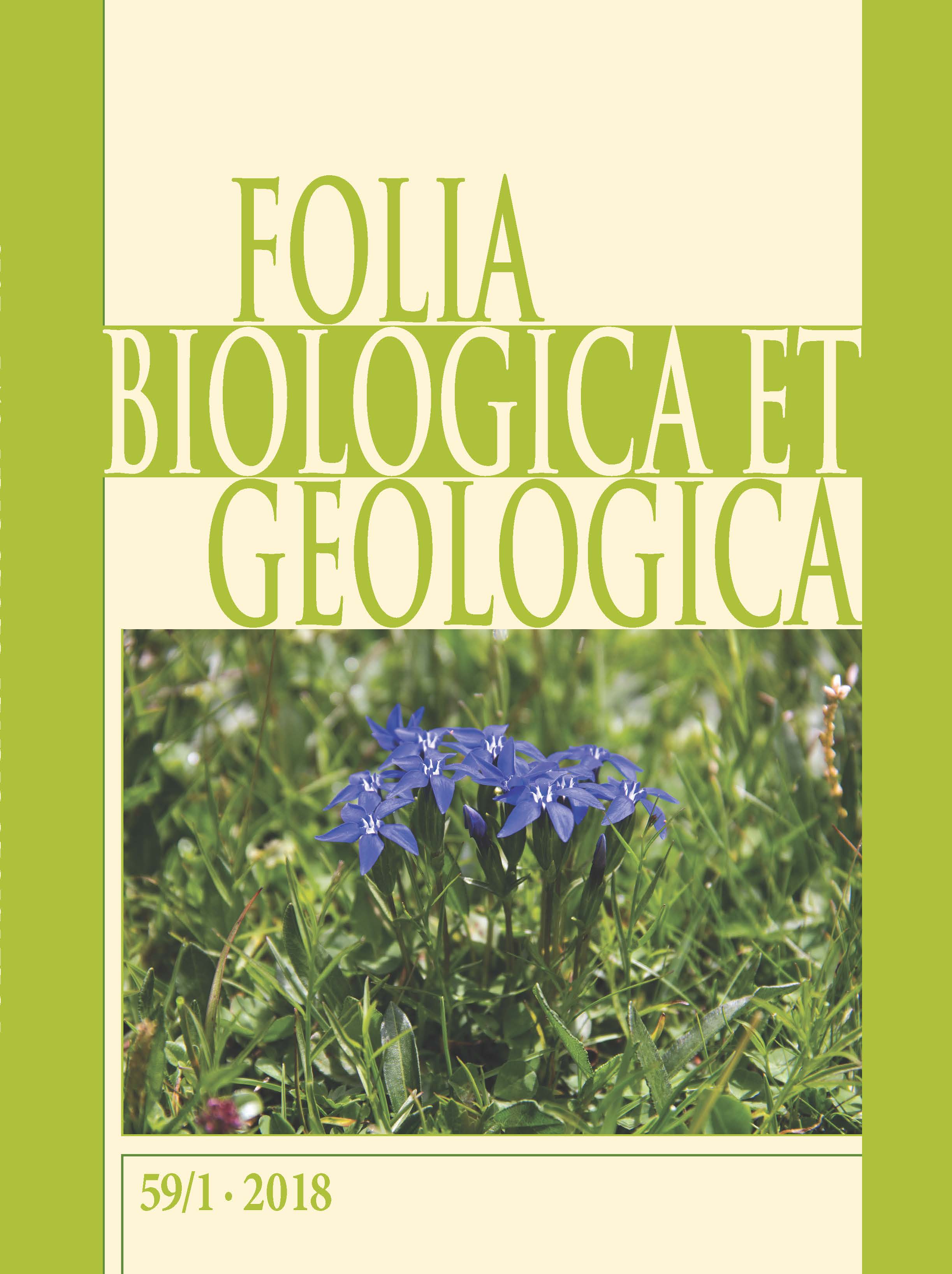Spremembe vsebnosti rutina in kvercetina v vzorcih tatarske ajde (Fagopyrum tataricum (L.) Gaertn.) od spravila pridelka do priprave kruha / Changes in the content of rutin and quercetin in samples of Tartary buckwheat (Fagopyrum tataricum (L.) (...)
DOI:
https://doi.org/10.3986/fbg0039Abstract
Cilj raziskave je bil ugotoviti vpliv predhodne hidrotermične obdelave zrnja tatarske ajde, mlečno kislinske fermentacije ter priprave in peke na spremembe, dostopnost in vsebnost flavonoidov rutina in kvercetina v vzorcih priprave in peke kruhov s kislim testom iz tatarske ajde. Cilj je bil tudi ugotoviti, kakšna je antioksidativna aktivnost v vzorcih priprave in peke kruha iz tatarske ajde in hidrotermično obdelane (HT) tatarske ajde. Vsebnost rutina in kvercetina je bila v vzorcih priprave in peke določena z metodo HPLC, antioksidativna aktivnost pa z metodama PCL in ORACFL. Ugotovili smo, da so predhodna hidrotermična obdelava zrnja, mlečno kislinska fermentacija ter priprava in peka vplivale na vsebnost skupnih flavonoidov ter vsebnost in pretvorbo rutina v kvercetin v vzorcih tatarske ajde in HT tatarske ajde. Vsebnost kvercetina se je v vzorcih med postopkom priprave in peke povečevala, med tem ko se je vsebnost rutina zmanjševala. Omenjeni postopki obdelave zrnja in vzorcev priprave in peke so vplivali tudi na spremembe skupne antioksidativne aktivnosti vzorcev tatarske ajde in HT tatarske ajde. Pri predhodni hidrotermični obdelavi zrnja tatarske ajde se pri naši raziskavi ni pokazal vpliv na vsebnost taninov v vzorcih priprave in peke. Dodatek moke oljne kadulje (chie) (Salvia hispanica L.) kruhu iz moke tatarske ajde v razmerju (90:10) je vplival na izboljšanje prehranskih lastnosti kruha, kar je bilo izraženo predvsem v povečanju vsebnosti n-3 (omega-3) maščobnih kislin in povečanju skupne antioksidativne aktivnosti. Naše ugotovitve so lahko v pomoč pri razvoju kruhov z vsebnostjo snovi, koristnih za zdravje.
Ključne besede: (Fagopyrum tataricum (L.) Gaertn.), tatarska ajda, kislo testo, kruhi, rutin, kvercetin
The goal of this research was to determine how the hydrothermal conditioning of Tartary buckwheat grain, lactic acid fermentation and process of dough preparation and baking, influence availability and changes in the content of flavonoids, rutin and quercetin and antioxidant activity in baking samples of Tartary buckwheat and hydrothermally treated (HT) Tartary buckwheat. The concentration of rutin and quercetin in baking samples has been determined by HPLC method, while antioxidant activity has been determined by PCL and ORACFL methods. Hydrothermal conditioning, lactic acid fermentation and process of dough preparation and baking had an impact on the content of total flavonoids and content and the conversion of rutin into quercetin in baking samples of Tartary buckwheat and HT Tartary buckwheat. The concentration of rutin decreased and the concentration of quercetin increased over the process of sour bread preparation in samples of Tartary buckwheat and HT Tartary buckwheat. Changes in antioxidant activity during the baking process were similar in Tartary buckwheat and HT Tartary buckwheat samples. We also found that the hydrothermal conditioning of Tartary buckwheat grains did not affect the content of tannins in Tartary buckwheat samples. We have established that Tartary buckwheat sour bread with the addition of chia (Salvia hispanica L.) (90:10) had improved nutritional properties, which were expressed primarily in the increase of the content of n-3 (omega-3) fatty acids and an increase in total antioxidant activity. Present findings can be useful for the development of breads with improved health-maintaining properties.
Key word: Tartary buckwheat, (Fagopyrum tataricum (L.) Gaertn.), sour bread, rutin, quercetin




